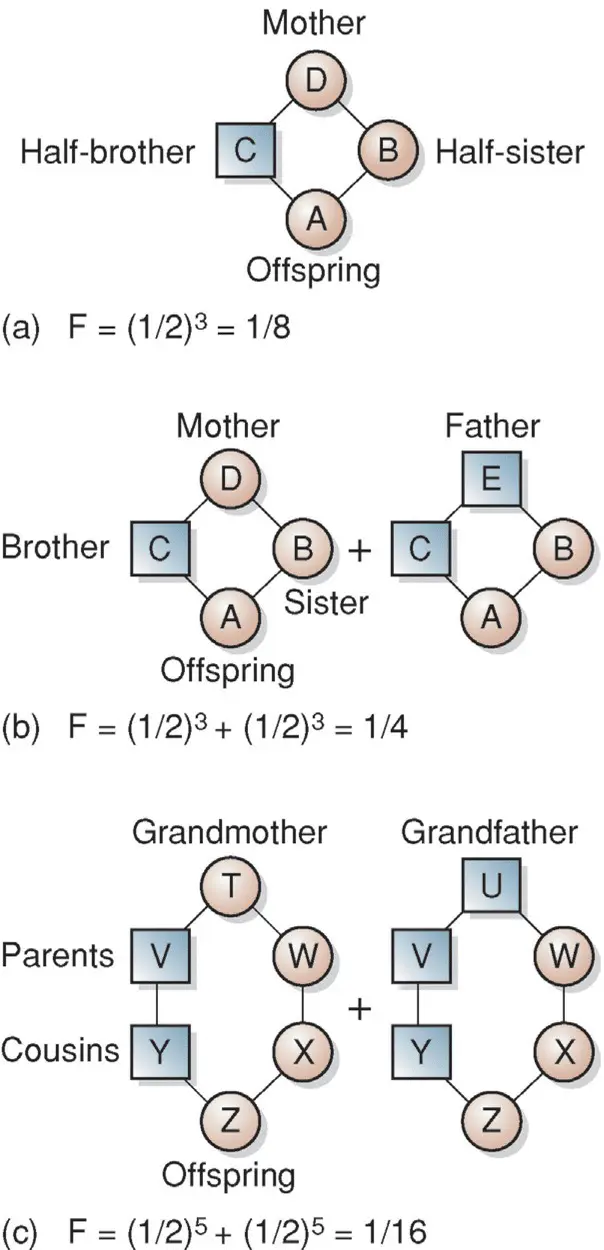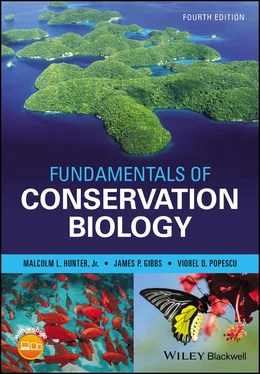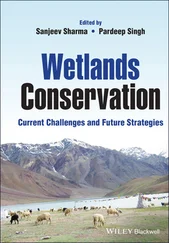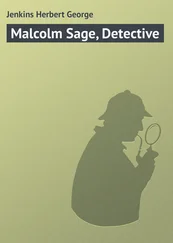Inbreeding refers to the mating between closely related individuals; such individuals are likely to share identical copies of some of their genes because they have ancestors in common. We measure inbreeding with the inbreeding coefficient, F, which is the probability that two copies of the same allele are identical by descent – in other words, derived from a common ancestor (Templeton and Read 1994). For example, in our bison example, if both MDH‐1 X alleles in the X/X homozygous buffalo calf were derived from its grandmother, those alleles would be considered identical by descent.
Among several methods to estimate F (Frankham et al. 2009), the simplest involves counting links in the pedigree chain: F = (½) n, where n is the number of individuals or links in the pedigree chain starting with one parent, going back to the common ancestor, and then going down the other branch to the other parent. Figure 5.12(a) shows the pedigree chain for the offspring (A) of a half‐sister (B) mating with her half‐brother (C) (i.e. B and C have the same mother, D, but different fathers). The inbreeding chain has three links – B, D, and C – and thus F is equal to (½)³ = 1/8 = 0.125. If B and C were full siblings (i.e. they had both the same mother D and the same father E) ( Fig. 5.12b), then there would be two chains, one for each common ancestor (B, D, and C for the mother plus B, E, and C for the father). In this case the F values for each chain would be added: (½)³ + (½)³ = ¼ = 0.25.

Figure 5.12 Inbreeding pedigrees for matings between: (a) a half‐sister with her half‐brother, (b) full sister and brother, and (c) full cousins (different parents but identical grandparents). See the text for an explanation of (a) and (b).
It must be emphasized that the equations presented in this section provide only estimates of the likely effects of processes that diminish genetic diversity. Exceptions may be fairly common. For example, Indian rhinoceros appear to have retained a high level of genetic diversity despite having passed through a serious bottleneck, perhaps because of high mobility of some individuals and long generation times (Dinerstein and McCracken 1990). The same applies to Chilean blue whales (Torres‐Florez et al. 2014) likely for the same reason: both rhinos and blue whales are long‐lived animals. Similarly, an isolated population of pinyon pine (also very long generation times) retained its genetic diversity over 300 years (Betancourt et al. 1991).
Even if the predicted effects on genetic diversity occur, they may not have catastrophic consequences for a population. For example, the northern elephant seal was reduced to as few as 20 individuals in the 1890s and now seems to have extremely low genetic diversity: no allozyme polymorphism at 24 loci from a sample of 159 seals from five colonies (Bonnell and Selander 1974) or at 43 loci from a sample of 67 seals from two colonies (Hoelzel et al. 1993). Despite this lack of genetic diversity, the northern elephant seal is now thriving with a total population approaching 200,000. The Mauritius kestrel also passed through a narrow bottleneck, just one breeding pair, that sharply reduced its genetic diversity, and has now recovered to over 200 pairs (Groombridge et al. 2000). In this case, examination of genetic material in museum specimens confirms that the original population was very diverse genetically despite being confined to a small island. Under special circumstances, passing through a bottleneck might have a positive effect by eliminating all the individuals carrying deleterious recessive alleles, thus purging these alleles from a population, something hermaphroditic mollusks, including highly endangered Hawaiian tree snails with high fecundity and the ability to self‐fertilize, may be capable of.
These may be examples of just a few lucky species that survived a bottleneck; the many other species that did not survive are not around to be studied and reported upon here. Even if there might be some benefits to inbreeding, they might be short‐lived if a bottleneck left the species so genetically uniform that it was ill prepared to adapt to future environmental change. That is a big concern for elephant seals and the Española Island giant tortoise we just discussed.
The sharing of genes between parents and offspring is not the only mechanism by which information is transmitted from one generation to the next. Among many social animals information also moves among individuals and generations through learning, a process often called cultural transmission . Because changes in behavior can occur much faster than evolution, cultural diversity can be critical for adaptation to new circumstances, including global change, particularly for long‐lived animals.
Methods for exploiting novel food items provide some of the best‐documented examples of cultural transmission; one such example occurred when the knowledge that food could be obtained by pecking open the caps of milk bottles spread among the blue tits of England (Fisher and Hinde 1949). The location of migration routes, water holes, food patches, nesting sites, and hibernacula may be learned by young animals following old animals. For example, it is likely that the matriarchs of elephant herds know the location of water in times of drought and can lead their herds there (Moss 1988). If a herd’s matriarch were killed by poachers before the information could be transmitted, the cultural diversity of that elephant herd would be diminished, perhaps with disastrous consequences. Highly endangered whooping cranes provide yet another example: older, more experienced birds with their greater knowledge of the landscape guide flocks to overwintering sites that are more beneficial (warmer and more food available) than typically used sites that younger birds would tend to return to without guidance of the older birds (Teitelbaum et al. 2016).
Conversely, breakdown of cultural transmission has been a problem for conservationists. For example, golden lion tamarins released into their native habitat have had problems identifying food and predators, information that they would have learned from other tamarins under normal circumstances (Kleiman 1989). Many marine mammals have specific dialects unique to particular locales or even social groups, as in the case of sperm whales (Gero et al. 2016). When populations are broken up and fragmented through over‐exploitation these long‐evolved communication systems also erode. Grazing animals like bighorn sheep and moose can take several generations to build their knowledge of their environment (where to go to find green forage), which poses a significant challenge to reintroducing species to ranges unfamiliar to them (Jesmer et al. 2018).
Among all species, Homo sapiens has the most complex culture, and maintaining human cultural diversity should also be of some concern to conservation biologists. For example, regions of the globe with the highest levels of biological diversity also host the greatest human language diversity (Sutherland 2003). Notably, the very factors that beget biological diversity, such as isolating mechanisms like mountain ranges, rivers, and islands, also beget cultural and language diversity in humans. Yet the same forces of homogenization that are threatening biological diversity are also threatening human cultural diversity: of the estimated 6000 languages spoken in 2000 some 50–90% may not survive through the twenty‐first century (Crystal 2000).
Читать дальше













